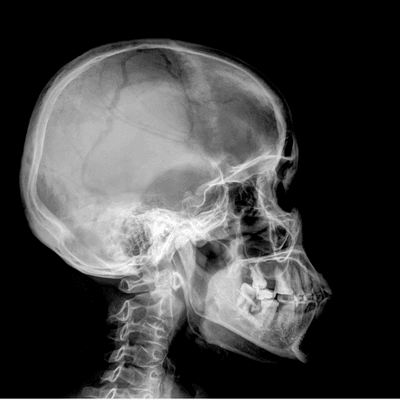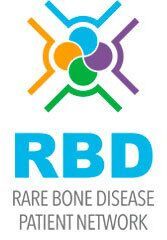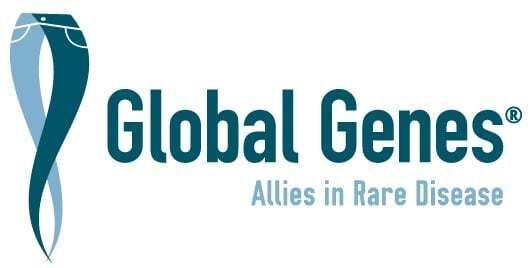
This post is based on the June 5, 2025 presentation titled “Expanding the Spectrum of Gorham-Stout Disease”, hosted by the Rare Bone Disease Alliance and presented by Dr. Michael Kelly, LGDA Executive Director and Northeast Ohio Medical University and Dr. Michael Dellinger, Associate Professor, UT Southwestern Medical Center.
Gorham-Stout disease (GSD), presents a significant clinical challenge due to its rare nature, unpredictable progression, and limited treatment options. At a recent webinar hosted by the Rare Bone Disease Alliance, two leading experts—Dr. Michael Kelly and Dr. Michael Dellinger—shared important updates in clinical care and emerging preclinical research that are changing how we understand and approach this complex lymphatic anomaly.
Understanding GSD: A Clinician’s Perspective
Dr. Kelly began by outlining the foundational aspects of GSD, describing it as a specific disease classified as a complex lymphatic anomaly (CLA) primarily characterized by progressive bone loss, especially of cortical bone. Unlike other CLAs such as generalized lymphatic anomaly (GLA) or kaposiform lymphangiomatosis (KLA), GSD causes profound destruction of bone, often in multifocal regions like the skull, ribs, or spine. The disease can lead to serious complications including pleural effusions, functional impairment, and in severe cases, respiratory failure.
Dr. Kelly emphasized that while GSD is not inherited, it is caused by somatic mutations—genetic changes that occur after fertilization. These mutations affect lymphatic development, often activating pathways like PI3K-AKT-mTOR or RAS-MAPK, which contribute to the disease's pathology.
Current Treatment Options
Treatment for GSD has remained limited. Dr. Kelly reviewed the use of bisphosphonates to reduce bone resorption and sirolimus (an mTOR inhibitor) to target abnormal lymphatic vessel growth. While both therapies have provided clinical symptom relief in some patients, consistent radiographic improvements in bone loss remain rare. Studies combining sirolimus with bisphosphonates have shown promising early results, especially when initiated in young children, but long-term outcomes and safety data are still evolving.
A Breakthrough in the Lab
Dr. Dellinger presented complementary findings from the lab, unveiling a novel mouse model that recapitulates GSD by overexpressing VEGFC—a protein that drives lymphatic vessel growth—in bone cells. This model demonstrated that lymphatic vessels can invade bone and cause cortical bone destruction, mirroring the clinical features of GSD. Remarkably, when VEGFC expression was turned off, both the abnormal lymphatic vessels and the bone lesions regressed—challenging the previous belief that such vessels were irreversible.
Further experiments showed that osteoclasts (bone-resorbing cells) are essential for allowing lymphatic vessels to enter the bone. In mice lacking osteoclasts, lymphatic invasion was halted. These findings open the door to new therapeutic strategies targeting both lymphatic signaling and bone resorption.
The Role of KRAS Mutations
Adding to the excitement, Dr. Dellinger highlighted the identification of somatic activating mutations in the KRAS gene in GSD patients. These mutations mimic those seen in certain cancers and lead to abnormal signaling in lymphatic endothelial cells. In new mouse models with KRAS mutations, researchers observed lymphatic vessel invasion of bone, valve malformation, and fatal chylothorax (a common complication in GSD). Promisingly, treatment with the FDA-approved MEK inhibitor trametinib restored lymphatic valve development in these mice—suggesting potential for repurposing cancer drugs to treat GSD.
Looking Forward: Toward Precision Medicine
The research presented points toward a future where GSD may be managed using a precision medicine approach. By identifying specific genetic mutations and understanding how they disrupt lymphatic and bone biology, targeted therapies can be developed. The hope is that these discoveries will not only improve outcomes for patients with GSD but may also apply to other rare bone and lymphatic conditions.
As Dr. Kelly noted, the need for innovation in treating GSD is urgent. With new animal models, genetic insights, and clinical data, researchers and clinicians are moving closer to effective, personalized therapies for this devastating disease.










